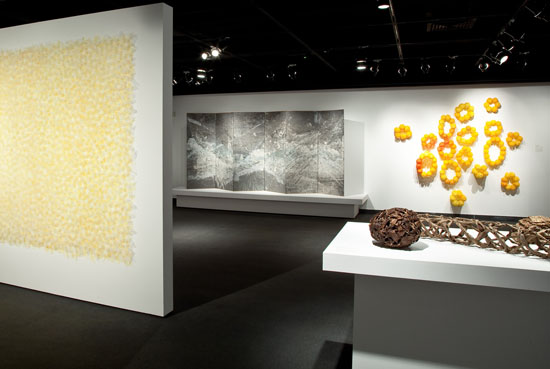
Kazuyo Onoyama, Orikata (Folded Form), 2006. Kyôko Ibe, Screen from the Hogosho series, 2009. Fuminori Ono, Feel the Wind, 2010. Hisako Sekijima, Kôzô o motsu ryô II (Volume That Has Structure II), #546, 2009. Hisako Sekijima, Renzoku suru sen (Continuous Lines), #559, 2010. Hisako Sekijima, Jûsanâyô no satsu (A Book with Thirteen Leaves), #553, 2009. Installation photo by Richard Goodbody.
Over the next few months, we’ll be featuring Guest Posts by artist, educator, collector and friend, Carol Westfall. Westfall’s work has been exhibited extensively in Japan, Europe, South America and the US. She has taught at both Columbia University’s Teacher’s College in New York City and in the Fine Arts Department at Montclair State University in New Jersey and is one of the artists included in the upcoming exhibition, Distinguished Educators, at the Crane Arts Building in Philadelphia, Pennsylvania next March. We worked with Westfall when she was at Montclair state University to produce the Art of Substance exhibition in the gallery there.
In her first post, up Monday, November 28th, she takes a comprehensive look at the Fiber Futures: Japan’s Textile Pioneers exhibition, open through December 18th, which is still being talked up in New York City (including in a segment on Sunday Arts NY on PBS, Channel 13). In December, she’ll review Crafting Modernism: Midcentury American Art and Design, at the Museum of Arts and Design, in New York through January 15th. Kazuyo Onoyama, Orikata (Folded Form), 2006. Kyôko Ibe, Screen from the Hogosho series, 2009. Fuminori Ono, Feel the Wind, 2010. Hisako Sekijima, Kôzô o motsu ryô II (Volume That Has Structure II), #546, 2009. Hisako Sekijima, Renzoku suru sen (Continuous Lines), #559, 2010. Hisako Sekijima, Jûsan’yô no satsu (A Book with Thirteen Leaves), #553, 2009. Installation photo by Richard Goodbody.

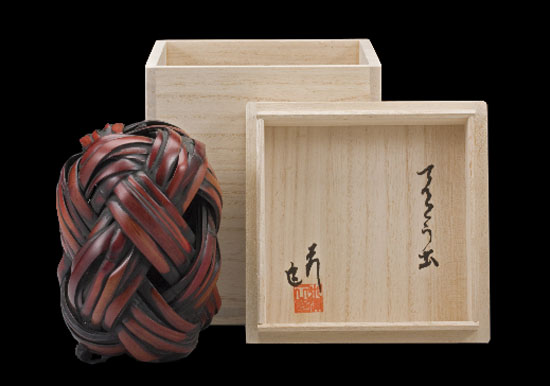
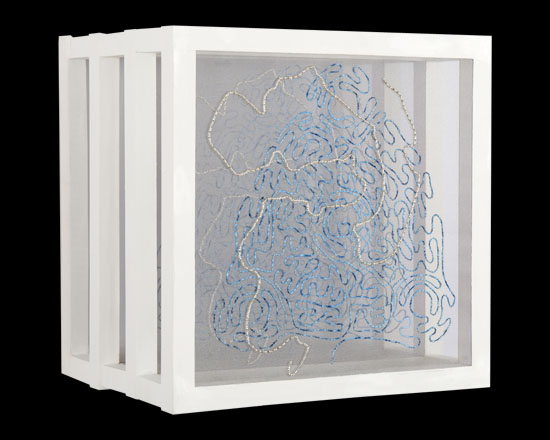
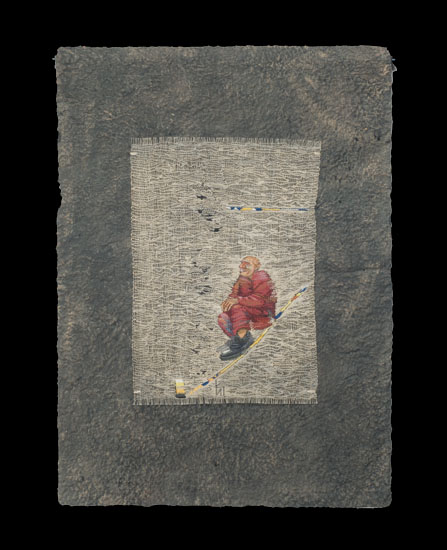

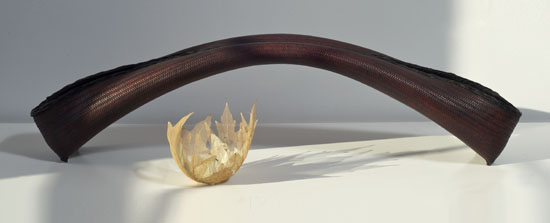
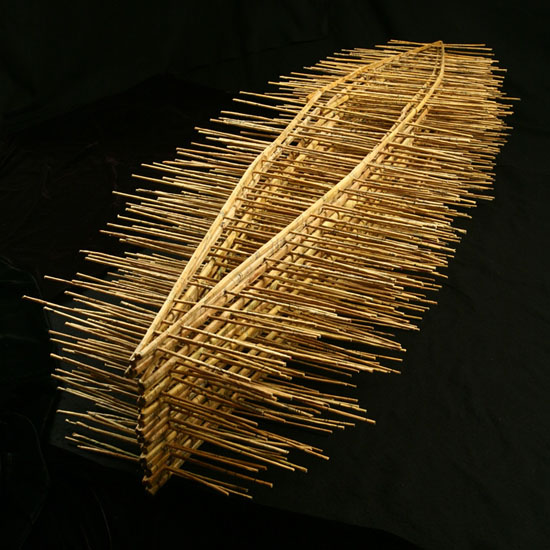
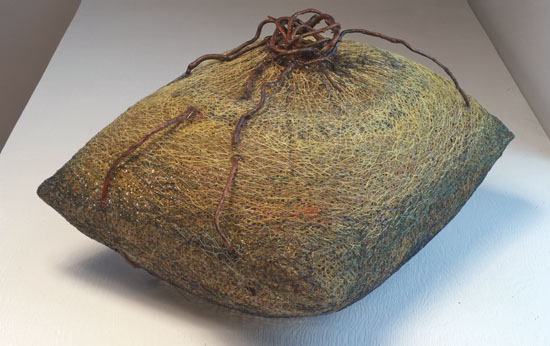
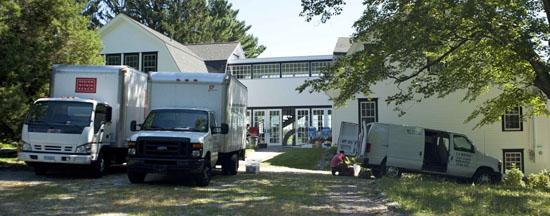
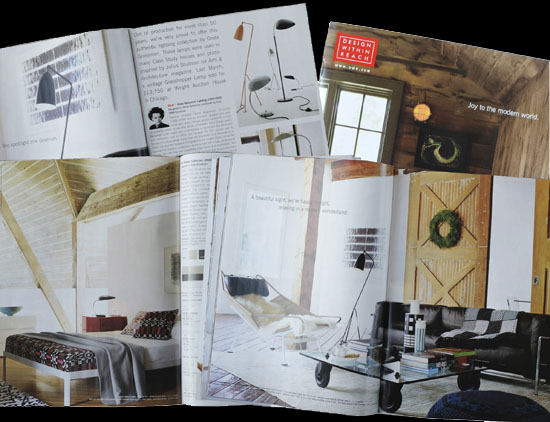
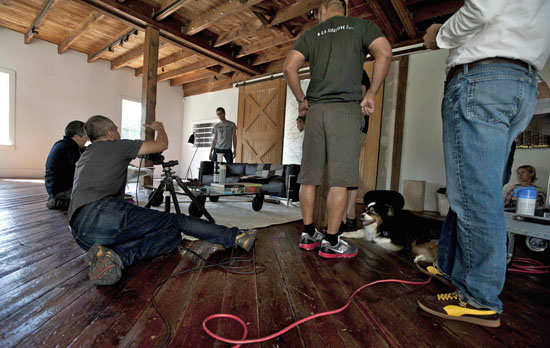
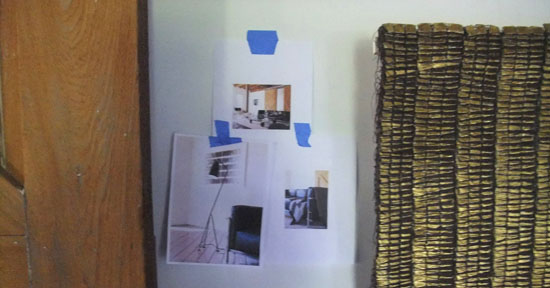
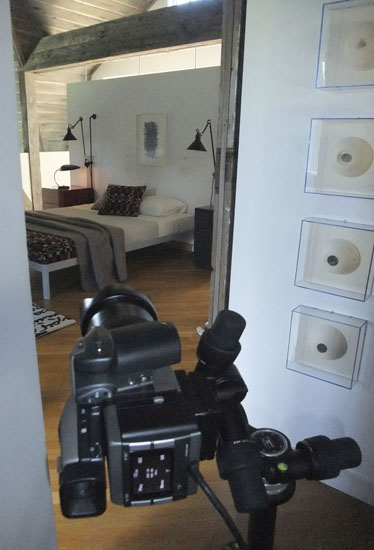
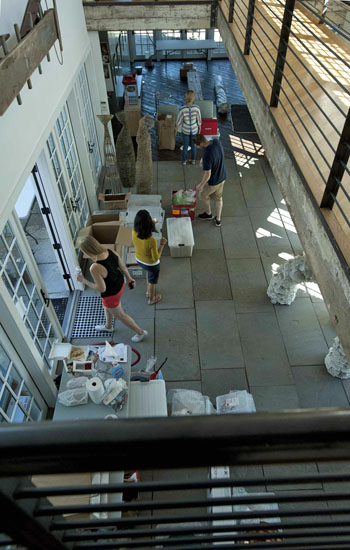
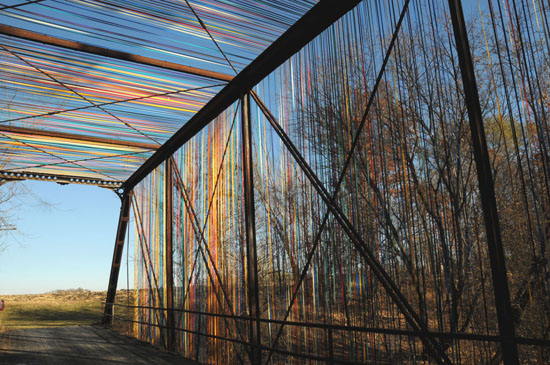
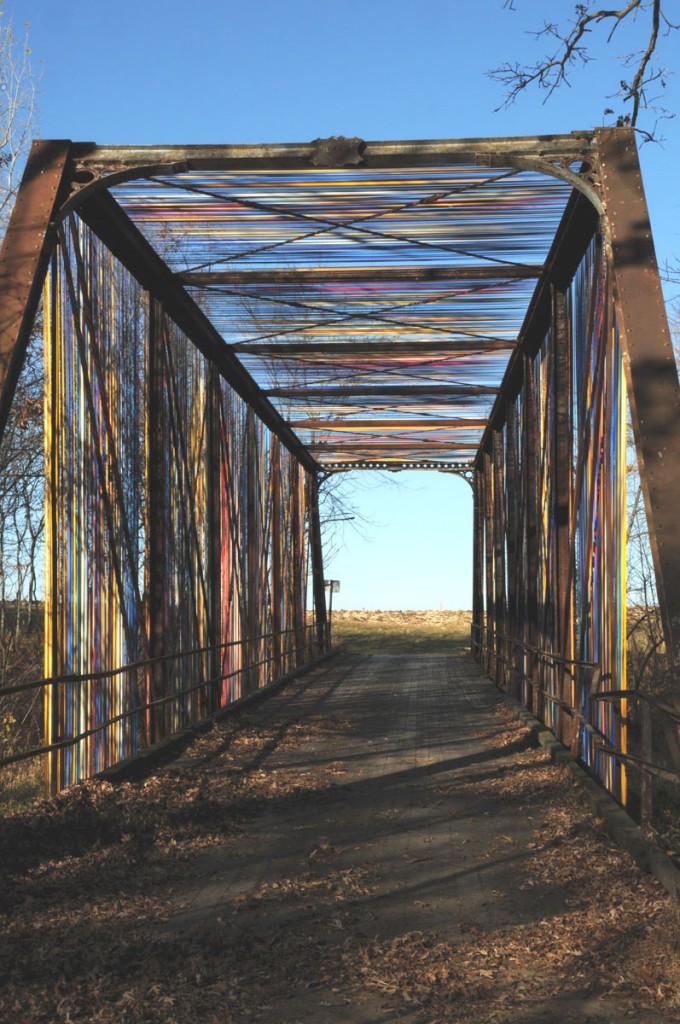
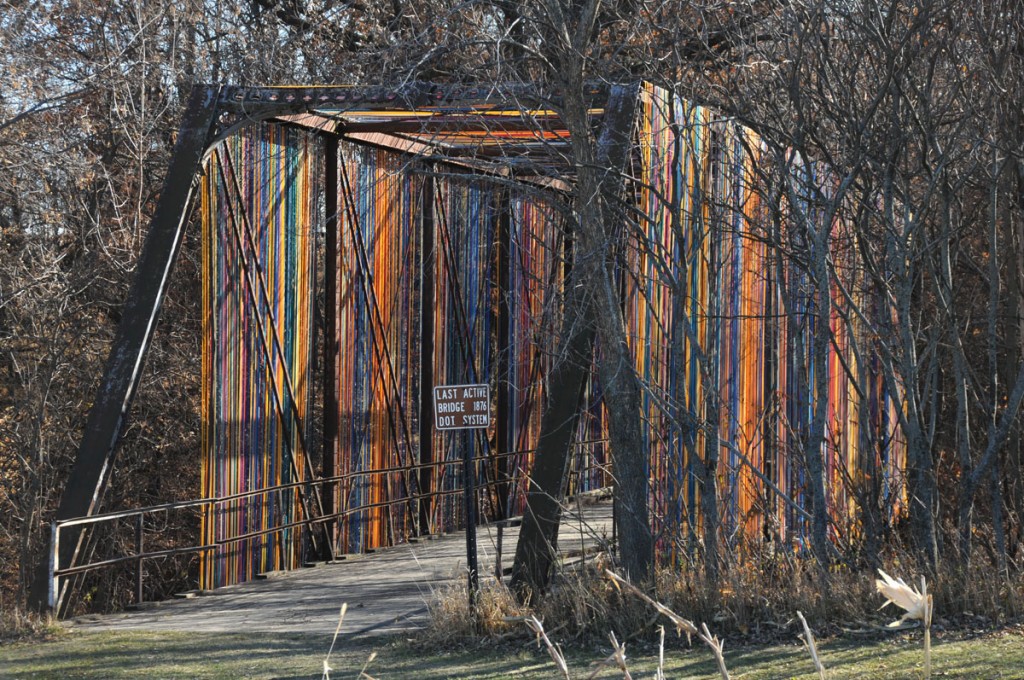
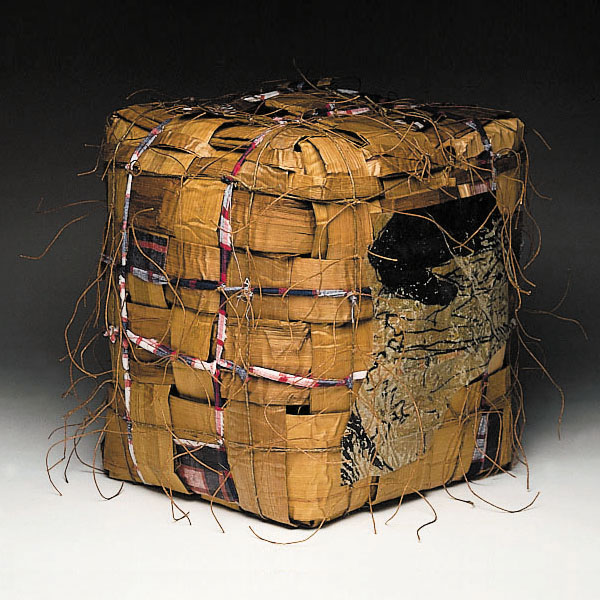


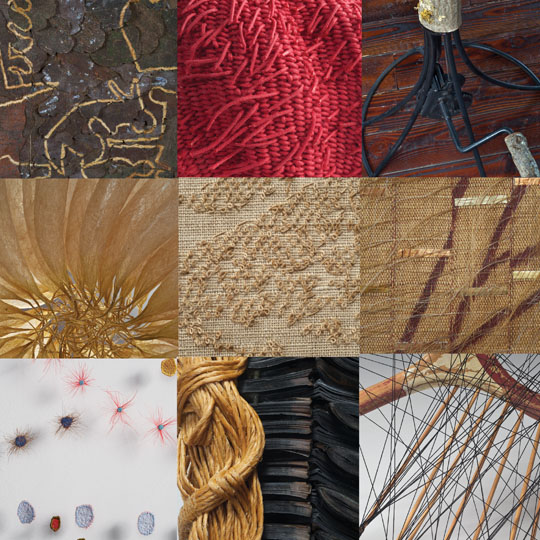
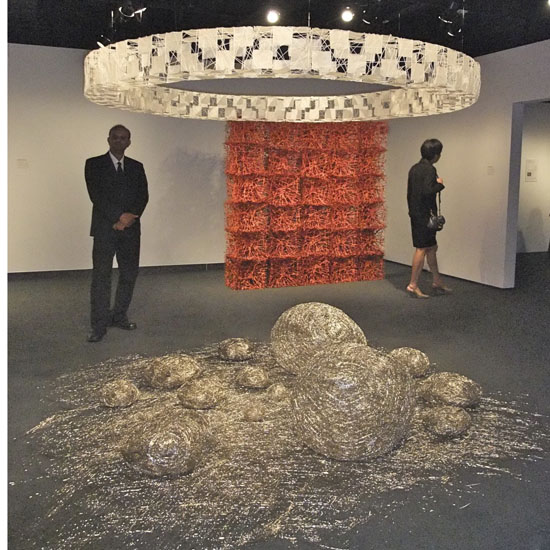
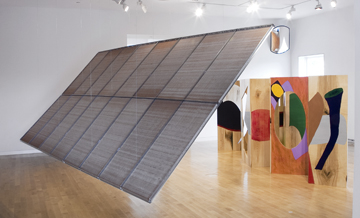
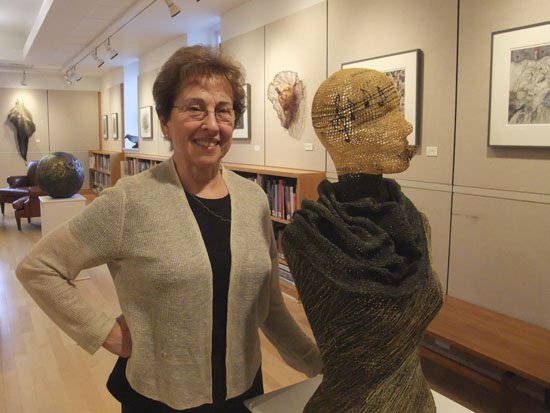
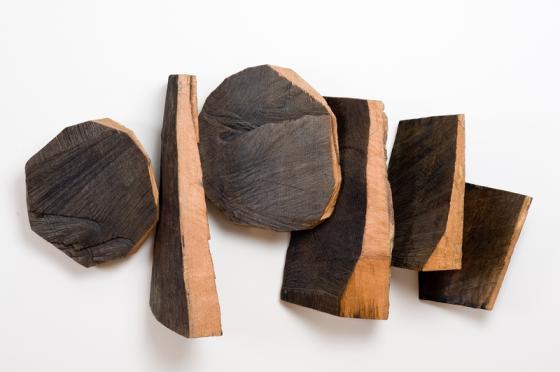
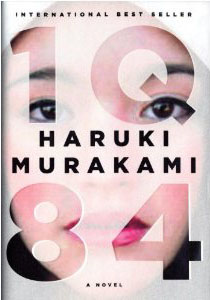
 , as her favorite read for 2010.) At the time, 1Q84 had yet to be translated into English, but there’s good news. A massive volume (944 pages) will be released in an English translation on October 25, 2011.
, as her favorite read for 2010.) At the time, 1Q84 had yet to be translated into English, but there’s good news. A massive volume (944 pages) will be released in an English translation on October 25, 2011.